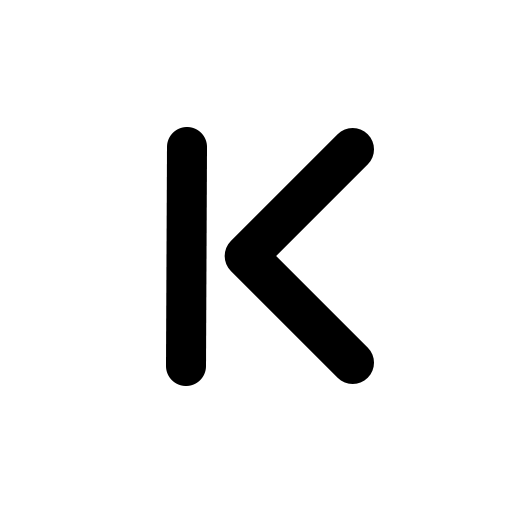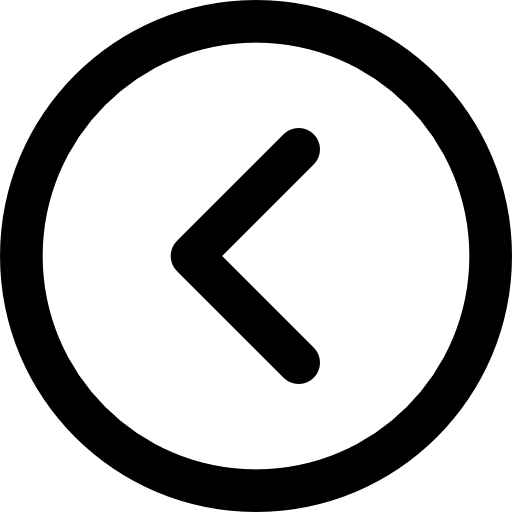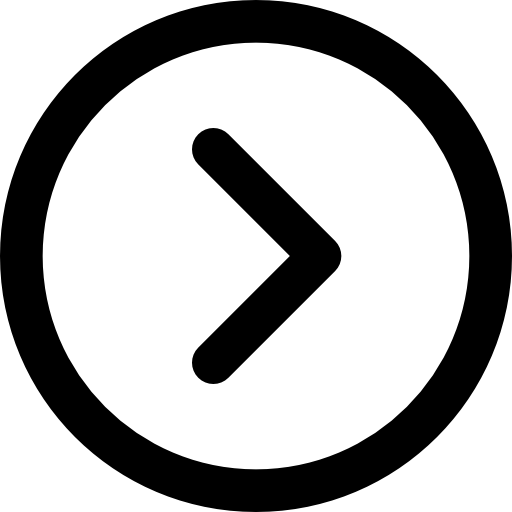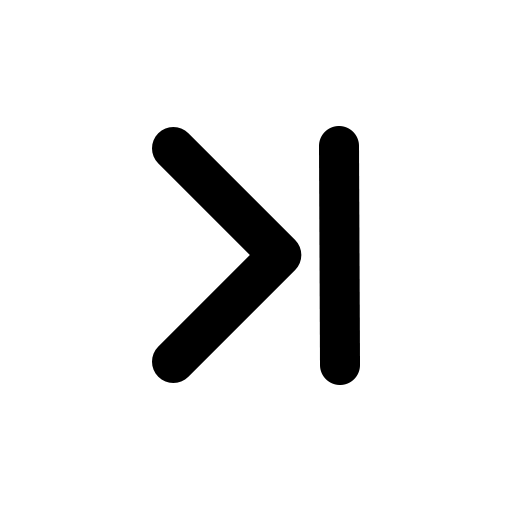Events relating to europe
The Anglo-Saxons have a name for the Celts west of Offa's dyke - wealas or Welsh, meaning foreigners
Alcuin leaves the palace school at Aachen to become abbot of the monastery of Tours
The style of architecture of early medieval Europe is Romanesque, in the sense of deriving from Roman examples
The script known as Carolingian minuscule (basis of the modern roman typeface) is developed by Alcuin and his scribes at the monastery of Tours
Beowulf, the first great work of Germanic literature, mingles the legends of Scandinavia with the experience in England of Angles and Saxons
The Jews prosper in the Muslim and Carolingian empires, forming strong communities in Spain and in Germany
In St Peter's in Rome, on Christmas Day, pope Leo III crowns Charlemagne emperor - supposedly to Charlemagne's surprise
Hemming, a Danish king, makes a treaty with the Franks establishing the river Eider as the southern border of Denmark
Charlemage has his only surviving legitimate son, Louis the Pious, crowned as his co-emperor
Charlemagne dies and his son Louis the Pious inherits the whole, now greatly extended, Frankish empire
Work begins in Rheims on the Utrecht Psalter, an outstanding example of the Carolingian illuminated manuscript
The Venetians move their administration from the island of Torcello to the Rialto
The discovery of the supposed remains of the apostle St James makes Santiago de Compostela a new centre of European pilgrimage
Viking tribes known as the Rus are established as traders in the region of Novgorod
Al-Khwarizmi writes in Baghdad his Kitab al-jabr which provides from its title the word algebra and becomes the most influential work on the subject in medieval Europe
The Arabs get a foothold in Sicily and begin a slow process, not complete till AD 965, of squeezing the Byzantines out of the island

The Venetians, acquiring from Alexandria some bones believed to be those of St Mark, build St Mark's to house the valuable relic
Vikings from Norway capture Dublin and establish a Norse kingdom in Ireland
The iconoclastic controversy ends when Theodora, widow of the emperor Theophilus, officially sanctions the veneration of icons
The division of western Europe into three kingdoms for the sons of Louis the Pious is agreed at Verdun, with lasting consequences
Kenneth king of the Scots is accepted also as king of the Picts, providing the traditional founding event of the kingdom of Scotland
The central Frankish kingdom, Francia Media, becomes one of the great fault lines of European history
Vikings are by now securely established in the Orkneys, Shetlands and Hebrides, and in much of the Scottish mainlaid down to Loch Ness
As a gesture of unity, Kenneth MacAlpin brings to Scone (a Pictish royal site) a sacred coronation stone associated with the Scots
Communal gatherings, the thing and the larger althing, are the distant origins of Scandivian parliaments







